Transitioning to the new normal demanded people to drastically change their lifestyles and move school or office work into their homes. Because of that, you may find yourself sitting for longer hours and forgetting about your physical wellness, which is a dangerous thing to overlook in these times.
While the work-from-home arrangement provides the best solution for avoiding your exposure to COVID-19, it’s also brought to light some health threats related to working long hours at home. Apart from work-from-home burnout, among these health challenges are body pains arising from prolonged sitting or lack of mobility.
Body aches commonly felt in the neck, shoulders, and lower back, to name a few, often result from poor posture or slouching while sitting in your chair. Add to that, the lack of movement may also lead to joint and muscle stiffening — making mobility difficult, later on. Needless to say, if you continue down the path of neglecting your physical wellness, these body aches and pains can worsen.
Thankfully, there are also a lot of ways to alleviate and prevent chronic body pains — one of the simplest being physical exercise. To help you get moving more to alleviate and even avoid body pain all together, here are some tips from The Hospital at Maayo’s physical wellness and rehabilitation team.
Stretches and exercise for neck and shoulder pain
Poor posture after a day of sitting and craning your neck to look down onto your laptop results can result in tension build-up in the neck and shoulders. Apart from ergonomic adjustments that provide external support to your body, it’ll help tremendously if you also strengthen the internal support systems — the muscles and bones.
Bear in mind that these low-impact exercises are meant to help manage mild to moderate body pains. For severe pain, make sure to immediately consult with health experts to map out the cause and a corresponding treatment plan.
1. Shoulder and neck rolls
 Photo courtesy of rawpixel.com
Photo courtesy of rawpixel.com
Movement allows for tension release and neck and shoulder pain relief. One quick way to introduce motion in this area is by doing neck and shoulder rolls.
How to do a neck and shoulder roll:
- Stand straight and let your arms fall on the side, making sure to relax your body.
- With your head upright, chin parallel to the floor, roll your shoulders forwards and backwards, as if you’re drawing big circles.
- Do your forward and backward shoulder rolls for 10 counts each, paying attention to your breath as you do it.
Now that your shoulders are loosened, you can proceed to doing your neck stretches. - Stretch your neck by tilting it side to side, holding it down lightly for around 10 counts. Do this on both sides. For a deeper stretch, you can stretch your arm out diagonally.
- After your side stretches, stretch your neck forward and backwards by bending the head to try and get your chin to touch your chest. Hold this stretch for about 10 counts.
- Counter the forward stretch by craning your neck backwards, using your hand to lightly push it back for 10 counts.
After your neck and shoulder warm-up, you are now ready to perform other active exercises to build up your neck and shoulder muscles.
2. Wall pushups
 Photo courtesy of Bruce Mars via Unsplash
Photo courtesy of Bruce Mars via Unsplash
A push-up is a great low-impact exercise that helps you build up the bigger muscles around your shoulder and chest area — providing greater support for the neck and head.
You typically perform this exercise on the floor, but if you’re looking for something beginner-friendly, you can start by opting for wall push-ups. You can incorporate this routine as much as you can so that you are eventually able to do regular pushups.
How to do a wall push-up:
- Simply stand facing a wall.
- Then place your hands on the wall’s surface with your arms straight. You should be in at least a 45-degree incline on the wall.
- Begin leaning and lowering yourself towards the wall by bending your elbows as though you are doing a normal push up.
- Do not rush this exercise and make sure that you feel the full range of the motion on your arms, upper back, and chest. Many people forget to be mindful of doing a full range of motion when following exercise routines, and that is why they fail to maximize its physical wellness benefits.
3. Seated horizontal wrist and shoulder stretches
 Photo courtesy of Mikhail Nilov via Pexels
Photo courtesy of Mikhail Nilov via Pexels
Have you been typing documents all day? Then add this quick exercise to your routine as these stretches are good for releasing tension in the wrist and arms.
How to do a seated horizontal wrist and shoulder stretch:
- Sit tall with your feet flat in the ground and your back away from the chair.
- Lock your fingers in a way that the thumbs are facing down and your palm is facing away from you.
- Now press your arm away from your chest and hold it.
- Again, feel the extent of the stretch while you steady your breathing.
You can do this routine as a form of quick break when working continuously in an extensive number of hours.
Stretches and exercise for lower back pain
Strengthening the lower back is important not just in managing pain, but also preventing injuries for athletes and non-athletes alike. One’s lower back, after all, carries a huge part of our weight when you’re tied to the chair all day.
Build up lower back strength by following these recommended exercises.
4. Planks
 Photo courtesy of rawpixel.com
Photo courtesy of rawpixel.com
Besides strengthening your abdominal core, planks are also effective to activate your hips and knees as long as you follow the proper form.
How to do a plank:
- Begin this exercise on the floor by facing down with your forearms and toes planted firmly on the mat.
- Your elbows should be positioned directly under your shoulders and your forearms are facing forward.
- Now activate the abdominal muscles. Make sure that your torso is straight to keep your whole body rigid with no other parts such as your hips sagging on the mat.
- Hold this position for 30 seconds to a minute, then bring your body on the floor to rest.
Gradually increase the length of time of your planks every week or depending on your strength level. Overtime, you’ll eventually notice your core strength improving until you pass the one minute mark.
5. Floor bridges
 Photo courtesy of rawpixel.com
Photo courtesy of rawpixel.com
Performing bridges on the floor activates the gluteus maximus, which is an important muscle in the buttocks area. This engaging exercise provides your body a full range of motion that would activate your body to be able to work all throughout the day.
How to do floor bridges:
- Lie on your exercise mat, or any comfortable and flat area on the floor of your home.
- Bend your knees with the heels of your feet nearly touching your buttocks.
- Making sure that your arms and palms are firmly planted on the ground, begin to alternately lift and lower the lower half of your body.
- Mind your form at all times — make sure that your body forms a straight line from the shoulders to the knees.
Now start descending the buttocks until it is lying flat again. Repeat this exercise for three sets of 15 counts.
Stretches and exercises for the hip and knee pain
Both the hips and knees would suffer from body pains if you continue to ignore your physical wellness. This includes osteoarthritis which is related to the wear and tear of the joint associated with aging.
Keep your hips and knees in top shape to prevent future ailments. Follow these beginner exercises at home:
6. Knee-to-chest exercises
 Photo courtesy of bublikhaus via Freepik
Photo courtesy of bublikhaus via Freepik
Along with your buttocks, you will also need to work on your hamstring muscles to provide better support for the hips and lower back. Elongate your lower back and bring physical relief by following the last exercise with this routine.
How to do knee-to-chest exercises:
- With your back on laid down on the ground or standing upright,
- Bend one leg upward as if you are marching, but this time try to reach your chest with your knee.
- Use both hands to hold your raised leg to hold this position for a few seconds.
- Now return to the starting position and repeat the exercise with your other leg.
- Repeat this 2 to 3 times a day.
7. Alternating kick-backs and arm raise (bird-dog exercise)
 Photo courtesy of Big Dodzy via Unsplash
Photo courtesy of Big Dodzy via Unsplash
The last two exercises will prepare your lower back for this exercise. The bird-dog exercise targets the erector spinae muscle to fully strengthen your core so that you can avoid future body pains in this area.
How to do alternating kick-backs and arm raises:
- Position yourself on all fours on the ground — looking like a table on the floor.
- Make sure that your wrists are directly in line with your shoulders; your knees directly lined up with your hips. Your toes should be resting firmly on the ground.
- From this kneeling position, raise your right arm and left leg, making sure that your raised arm and leg are in line with your back. Hold this position for a few seconds.
- Assume the same position for your left arm and right leg, or whichever arm and leg is opposite from the ones you started with.
Aside from providing your lower back with a full stretch, the bird-dog exercise makes you more attuned to your body by being mindful about the importance of maintaining stability.
8. Clam exercise
 Photo courtesy of Klaus Nielsen via Pexels
Photo courtesy of Klaus Nielsen via Pexels
The clam exercise is a fundamental routine to develop strong hips and knees. It’s quick and easy to do in between tight working hours.
How to do the clam exercise:
- Lie on your side with your hips and shoulders in a straight line.
- Bend your knees forward so that your thighs are at a perpendicular angle to your body. This will make your hips stack vertically from each other.
- Rest your head on the top of your extended arm, making sure that it is long so it’s not tilted forward or backward from your body.
- Breathe in and keep your big toes together as you slowly rotate your leg in the hip socket so that the top knee opens like a clam.
- Repeat this exercise 5 times then switch over to the other side to perform the same routine.
This list of exercises is a great way to start your journey to achieving physical fitness and wellness. Remember to always check and set an appointment with your doctor to monitor your progress and ensure that you’re always healthy.



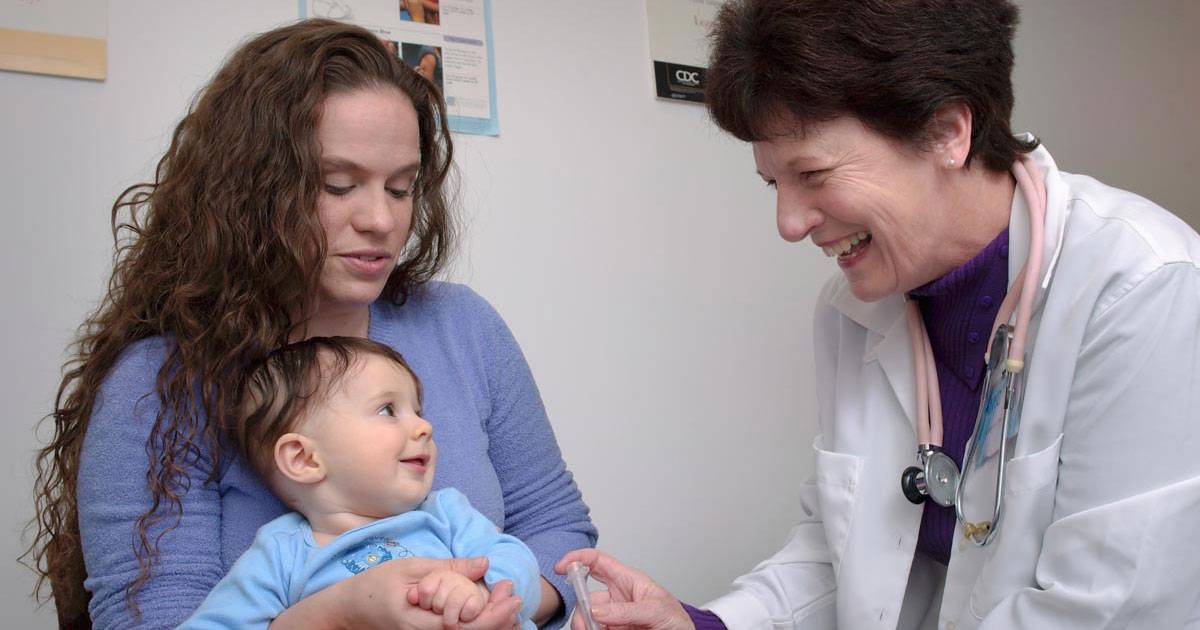
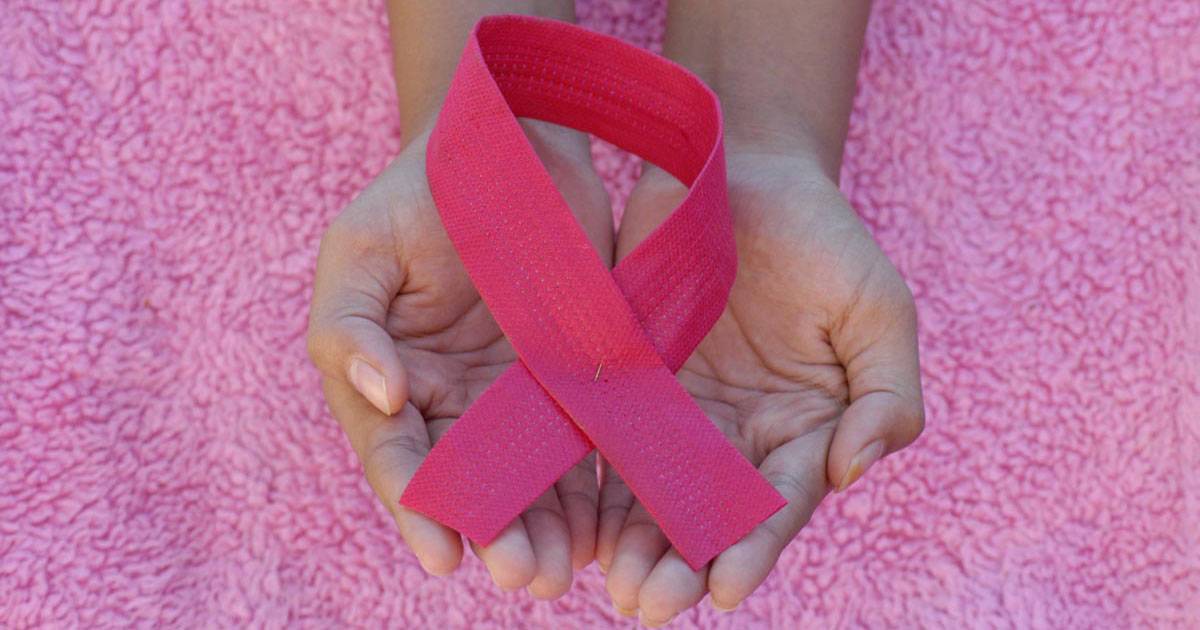
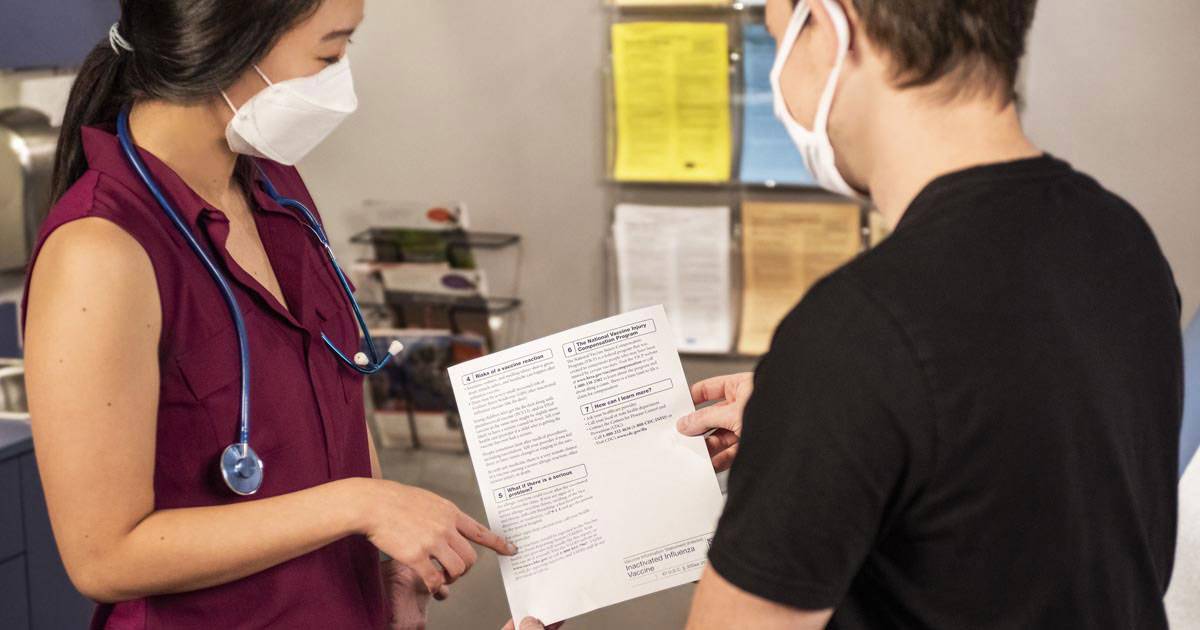


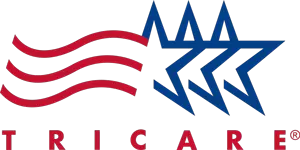


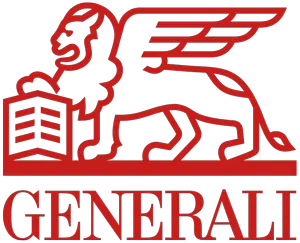
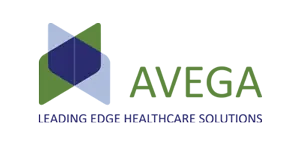







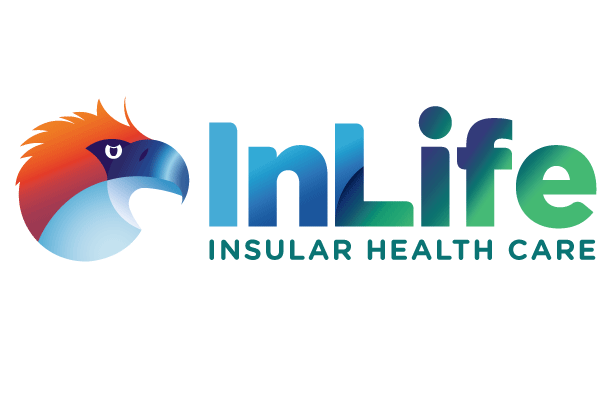


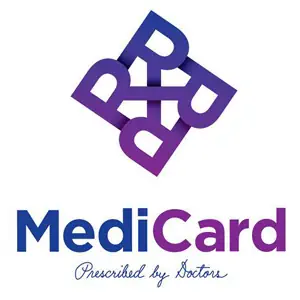
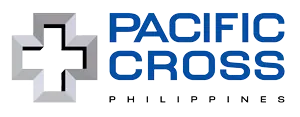

Leave a Reply